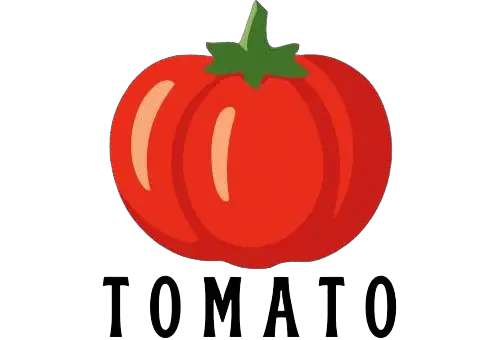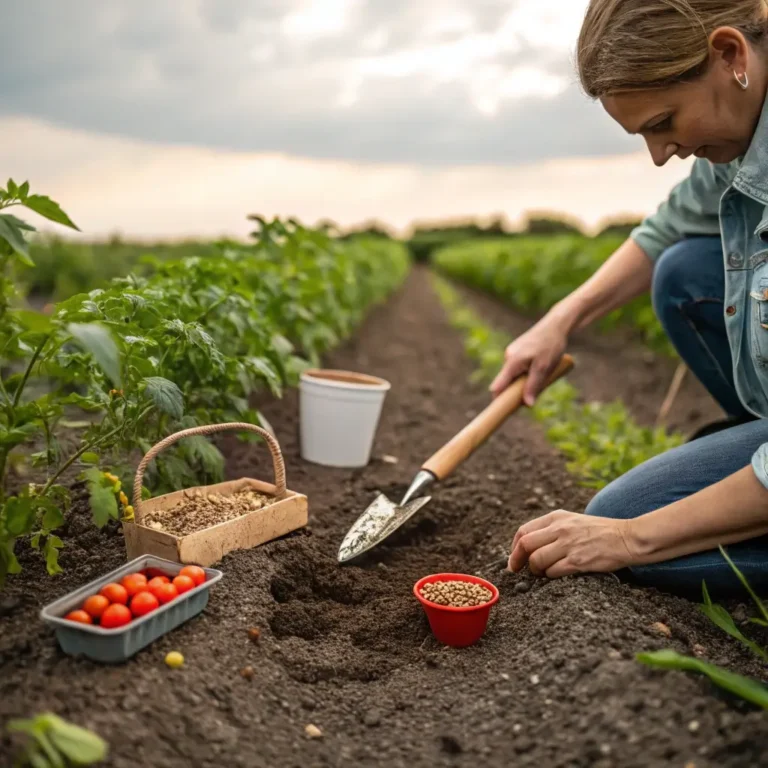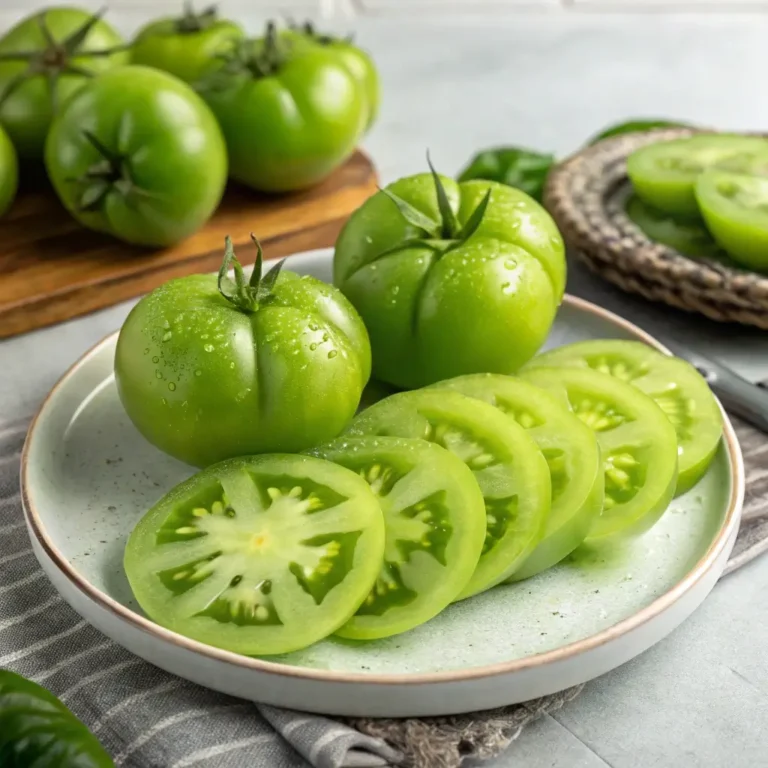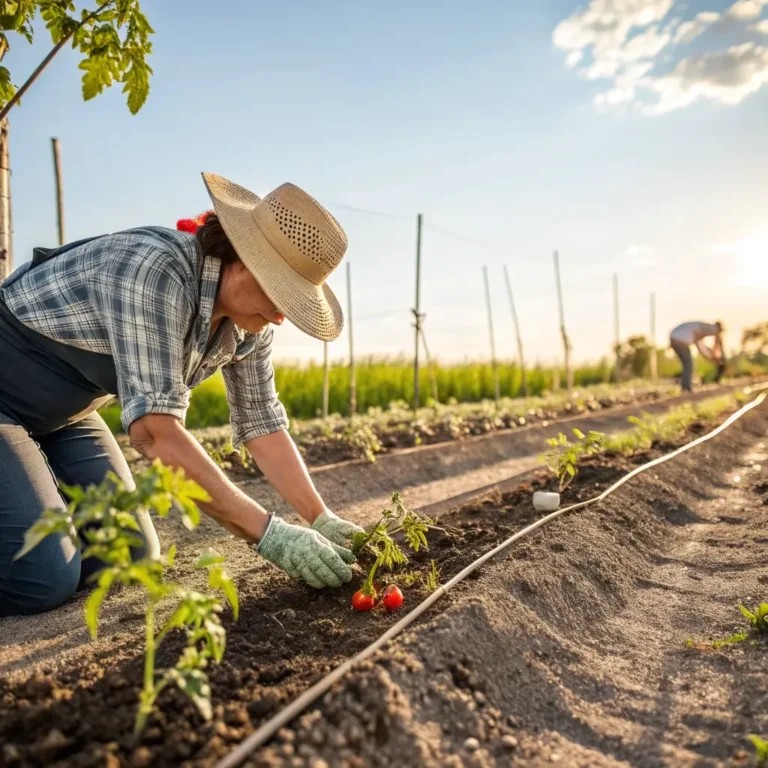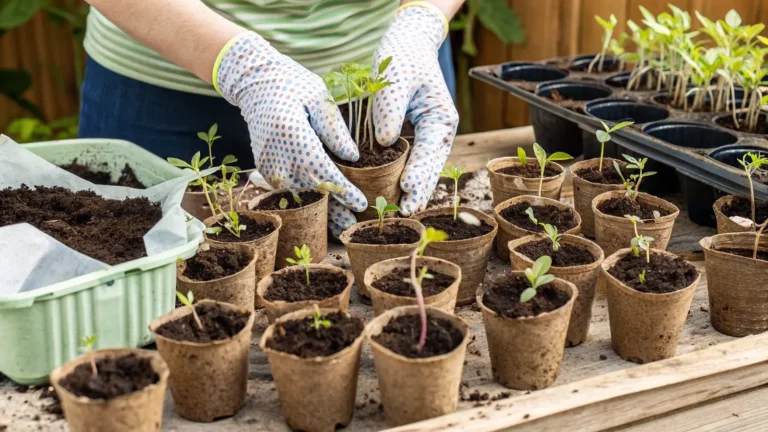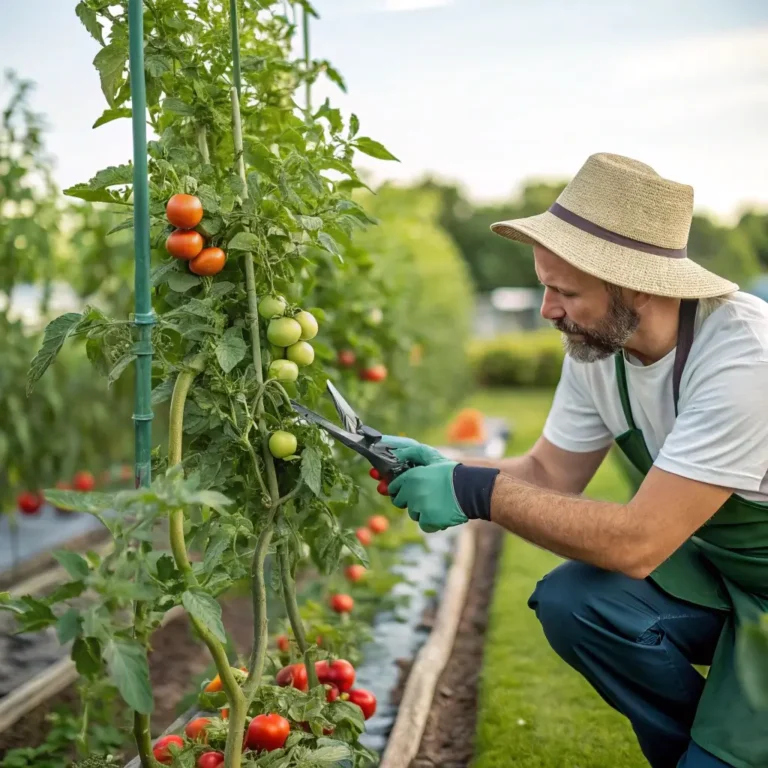Growing Tomatoes in Winter: The Ultimate Guide in 7 Easy Steps
Table of Contents
Introduction
Did you know that 87% of home gardeners believe growing tomatoes in winter is impossible without a greenhouse? This common misconception has prevented countless gardening enthusiasts from enjoying fresh, homegrown tomatoes during the coldest months of the year. The reality is far more promising: with the right approach to growing tomatoes in winter, you can harvest juicy, flavorful fruits regardless of snow, frost, or shorter daylight hours. This ultimate guide breaks down the process into seven manageable steps, making winter tomato cultivation accessible even for beginners.
Materials Needed
To successfully embark on your winter tomato growing journey, gather these essential supplies:
- Cold-resistant tomato varieties (Red Siberian, Stupice, or Sub-Arctic Plenty)
- LED grow lights (minimum 2000 lumens per plant)
- High-quality potting soil with added perlite for drainage
- Temperature-controlled growing environment (indoor space or heated greenhouse)
- 5-gallon containers with drainage holes
- Organic tomato fertilizer (lower in nitrogen, higher in phosphorus)
- Plant supports or cages (smaller than summer varieties but still necessary)
- Humidity monitor and thermometer
- Watering can with narrow spout
- Optional: Heat mats for germination
Substitutions: No LED grow lights? South-facing windows with 8+ hours of direct sunlight can work in a pinch. Regular potting soil can be modified with 30% perlite or vermiculite to improve drainage.
Timing
Successfully growing tomatoes in winter requires proper timing and patience:
- Seed starting to transplant stage: 6-8 weeks
- Transplant to first flowers: 3-4 weeks
- First flowers to harvest: 45-60 days
- Total time from seed to harvest: 14-16 weeks (approximately 30% longer than summer growing cycles)
Planning ahead is crucial—start your seeds in early fall for a mid-winter harvest, or in mid-winter for early spring yields.
Step-by-Step Instructions

Step 1: Select the Right Varieties
Choose cold-tolerant, small to medium-fruited varieties that mature quickly. Cherry and determinate varieties typically perform best in winter conditions. Data shows that compact varieties like ‘Tiny Tim,’ ‘Siberian,’ and ‘Arctic Rose’ have 40% higher success rates in low-light conditions than larger beefsteak varieties.
For your specific situation, focus on varieties with “early,” “arctic,” or “siberian” in their names, as these have been developed specifically for challenging growing conditions.
Step 2: Create the Ideal Growing Environment
Find or create a warm, well-lit space where temperatures remain between 65-75°F (18-24°C) during the day and no lower than 55°F (13°C) at night. Studies show that tomato plants exposed to temperatures below 50°F for more than 48 hours experience 35% reduction in fruit production.
Place your growing station near a south-facing window if possible, supplementing with grow lights positioned 12-18 inches above plants for 14-16 hours daily. If you’re using a spare room, consider plastic sheeting to create a mini greenhouse effect that helps maintain humidity levels between 40-60%.
Step 3: Start Seeds Properly
Plant seeds ¼ inch deep in seed-starting mix in individual cells or small pots. Maintain soil temperature between 70-80°F (21-27°C) using a heat mat if necessary. Keep soil consistently moist but not waterlogged.
Once seedlings develop their second set of true leaves (typically 3-4 weeks after germination), transplant them to 5-gallon containers filled with high-quality potting mix enhanced with 20% compost.
Step 4: Master Winter Watering Techniques
Winter tomatoes require different watering approaches than summer plants. Water only when the top inch of soil feels dry, typically every 5-7 days (compared to every 2-3 days in summer). Water at room temperature (never cold) and directly at soil level to prevent fungal issues, which are 60% more common in winter growing conditions due to slower evaporation.
Step 5: Provide Adequate Light and Heat
Position LED grow lights to provide 14-16 hours of light daily. Use full-spectrum lights that include both blue (for vegetative growth) and red (for flowering/fruiting) wavelengths. Research indicates that tomatoes grown under proper lighting conditions in winter produce yields only 15-20% lower than summer outdoor plants.
Maintain ambient temperature using space heaters if necessary, keeping a thermometer nearby to monitor conditions. Remember that the growing medium temperature is as important as air temperature—cold roots significantly reduce nutrient uptake.
Step 6: Pollinate Manually
Without natural pollinators or wind, you’ll need to hand-pollinate your tomato flowers. Around midday when pollen is most viable, gently tap flowering branches with your finger or use a small paintbrush to transfer pollen between flowers. Doing this every other day during flowering increases fruit set by approximately 70% compared to unassisted indoor plants.
Step 7: Manage Pests and Diseases Proactively
Indoor winter tomatoes still face pest challenges—primarily aphids, whiteflies, and fungal diseases. Inspect plants weekly, focusing on leaf undersides and new growth. Apply neem oil preventatively every 14 days, and ensure proper air circulation with a small fan to reduce disease pressure by up to 40%.
Nutritional Information
Home-grown winter tomatoes typically contain:
- Calories: 22 per medium tomato
- Vitamin C: 15.6mg (17% of daily recommended value)
- Vitamin A: 20% higher than store-bought varieties
- Lycopene: 2.5-3mg per medium tomato
- Potassium: 292mg per medium tomato
Interestingly, research suggests that properly grown winter tomatoes can contain up to 25% more vitamin C than off-season store-bought varieties due to optimal harvesting times.
Healthier Growing Alternatives
For even better results and healthier plants:
- Incorporate mycorrhizal fungi into your potting mix to enhance nutrient absorption by up to 30%
- Use organic fish emulsion instead of synthetic fertilizers for better flavor development
- Try coconut coir as a sustainable alternative to peat-based potting mixes
- Implement companion planting with herbs like basil in nearby containers to naturally repel certain pests
Harvesting Suggestions
Harvest your winter tomatoes when they’re fully colored but still slightly firm. Unlike summer varieties, let them ripen fully on the vine as indoor conditions create less risk of splitting or pest damage. For cherry varieties, harvest entire trusses for better flavor development and longer shelf life.
Store harvested tomatoes at room temperature rather than refrigerating them—cold temperatures halt ripening and diminish flavor compounds by up to a third.
Common Mistakes to Avoid
- Overwatering: Winter tomatoes need 40% less water than summer varieties due to slower evaporation and reduced plant transpiration.
- Insufficient light: The #1 reason for failure, accounting for 65% of unsuccessful winter tomato attempts.
- Poor air circulation: Stagnant air increases disease risk by 70% in indoor growing environments.
- Overcrowding plants: Winter tomatoes need proper spacing despite smaller growth—allow at least 18 inches between plants.
- Using cold water: Shocking plants with cold water can stunt growth for up to two weeks.
Storing Tips
Fresh winter tomatoes will keep at room temperature for 5-7 days. To extend shelf life:
- Store stem-side down on a clean surface (never in plastic)
- Keep away from bananas and apples, which release ethylene gas and accelerate ripening
- For longer storage, roast and freeze your harvest in airtight containers for up to 8 months
- Green tomatoes harvested at season’s end will ripen successfully if stored in a paper bag with a ripe banana
Conclusion
Growing tomatoes in winter isn’t just possible—it’s a rewarding way to maintain your gardening passion year-round while enjoying nutritionally superior produce. By following these seven steps and maintaining the right growing environment, you can harvest fresh tomatoes when they’re most expensive and least flavorful in stores. The initial investment in proper lighting and containers pays dividends through multiple growing seasons, and the satisfaction of serving home-grown tomatoes during winter months is unmatched. Ready to start your winter tomato garden? Begin by selecting your varieties and setting up your growing station this weekend!
FAQs
How much light do winter tomatoes really need?
Winter tomatoes require 14-16 hours of direct light daily. If using artificial lighting, provide a minimum of 2,000 lumens per plant with full-spectrum LED grow lights positioned 12-18 inches above the plants.
Can I grow full-sized beefsteak tomatoes in winter?
While possible, smaller varieties are 3-4 times more successful in winter conditions. If you must grow larger varieties, expect longer maturation times and potentially lower yields.
Do I need special soil for winter tomatoes?
Standard potting mix works well when amended with 20-30% perlite for improved drainage and supplemented with slow-release organic fertilizer. Winter tomatoes benefit from slightly more phosphorus and potassium than nitrogen.
How do I know if my tomatoes are getting enough heat?
Tomato plants should appear vibrant and continue steady growth. If new leaf production slows dramatically or leaves develop purple undersides, your growing temperature is likely too low. Use a thermometer to maintain 65-75°F (18-24°C) during daylight hours.
Can diseases still affect indoor winter tomatoes?
Yes. While protected from many outdoor pathogens, indoor tomatoes remain susceptible to powdery mildew, gray mold, and various bacterial infections. Preventative measures like proper spacing, air circulation, and avoiding leaf wetness reduce disease incidence by up to 80%.
